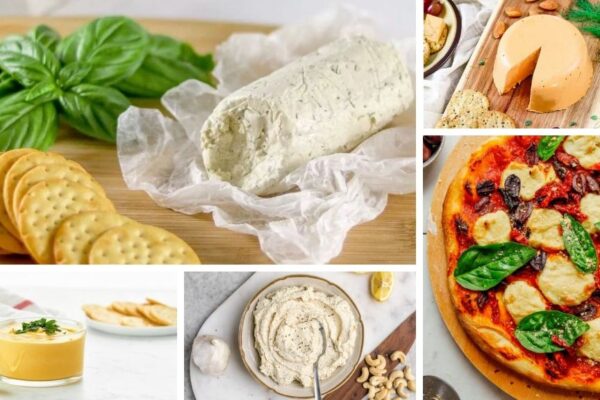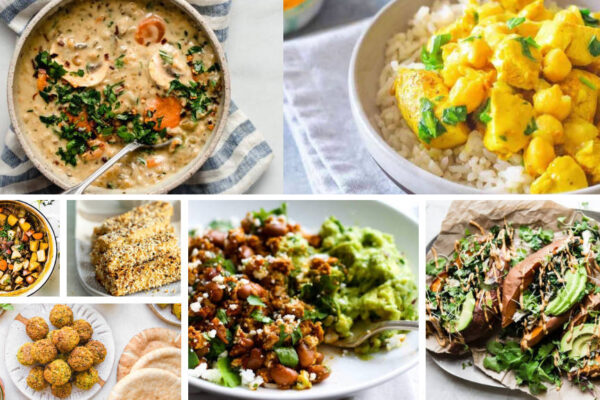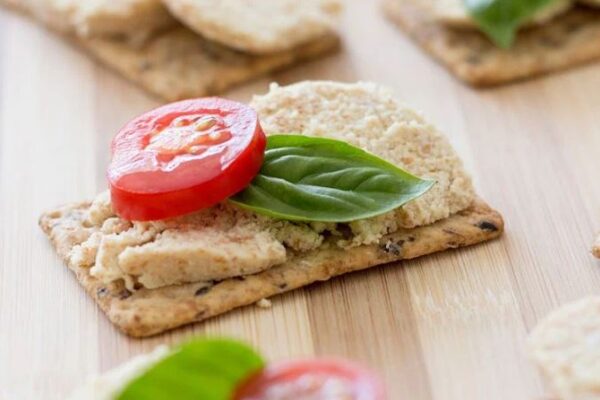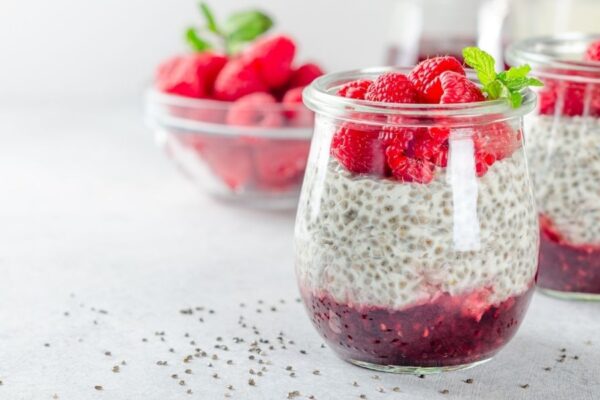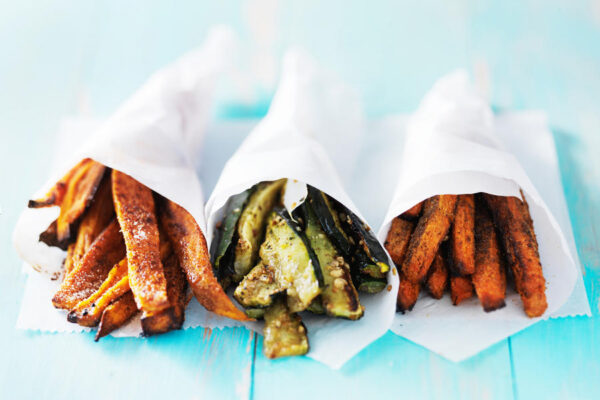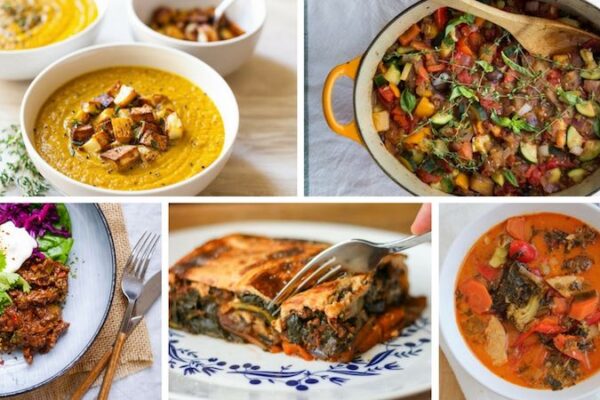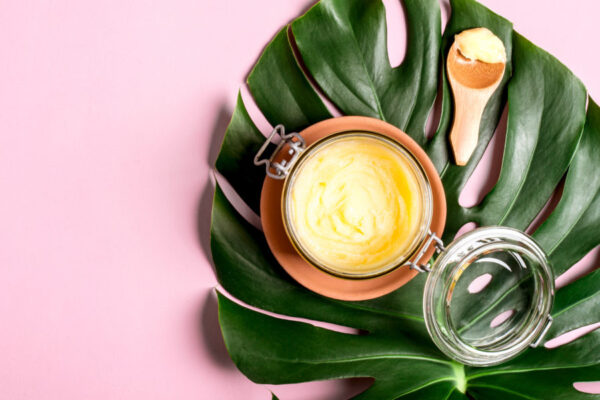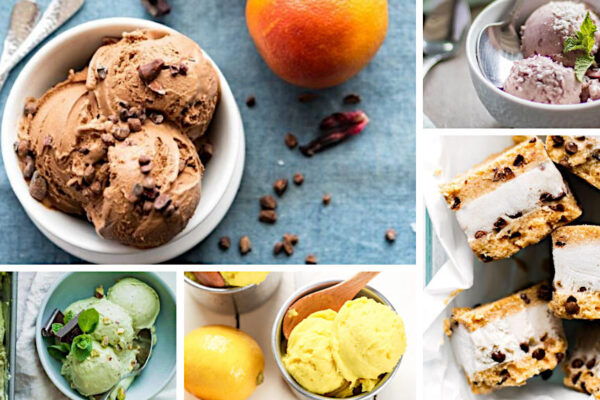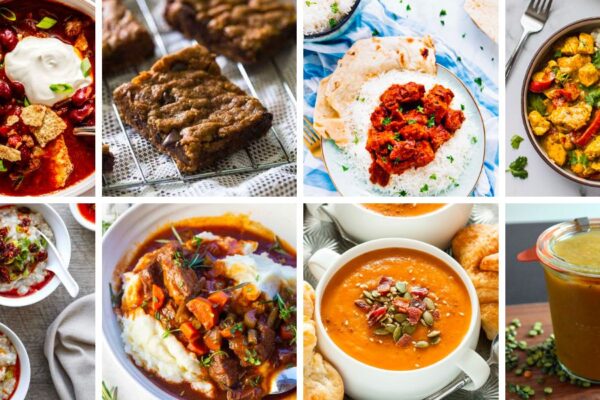Our 9 Favourite Dairy-Free Baking Substitutions
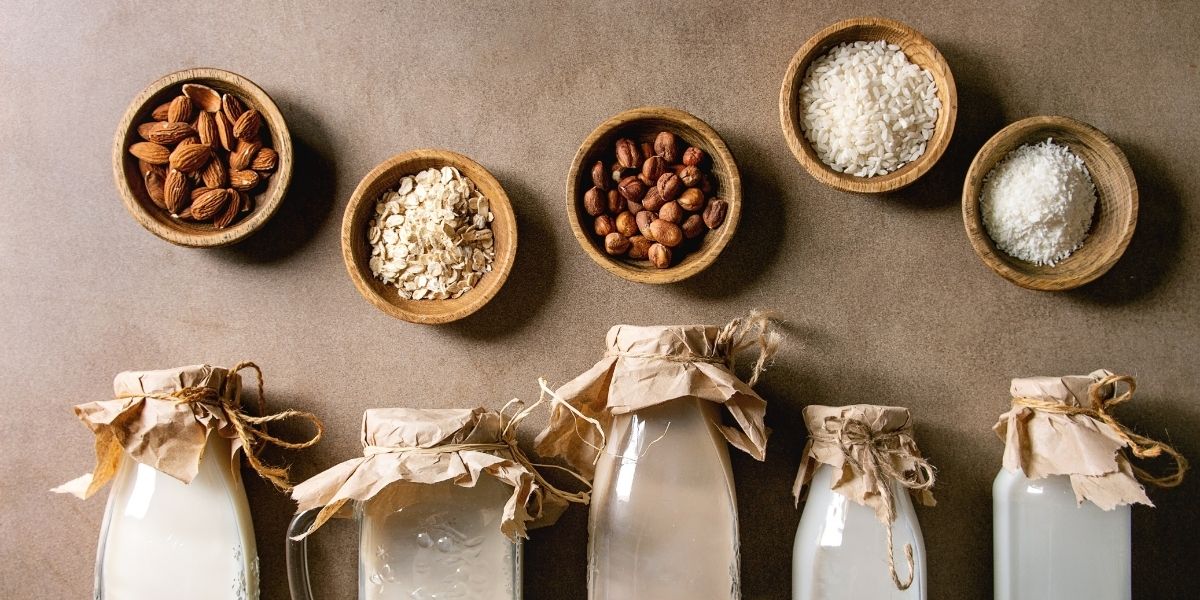
When it comes to healthy cooking, it’s relatively easy to swap out common allergens or ingredients such as butter, milk, cream, and cheese with dairy-free alternatives. Many cooking recipes are fluid and flexible – that means switching dairy milk for almond milk in your cream of broccoli soup isn’t going to dramatically alter the consistency or flavour of the dish. Dairy-free baking is somewhat trickier. Since baking is a scientific process that relies on specific properties of ingredients to help with shape, consistency, texture and the rise of baked goods, it’s not always as simple to work with dairy-free baking substitutions.
We have experimented a lot with gluten-free and dairy-free baking (it’s a tough job, we tell you) and have discovered several dairy-free ingredients that can generally be swapped 1:1 and no one will be the wiser.
An important thing to keep in mind about dairy-free baking is to fine-tune your mindset and expectations. Dairy-free ingredients are beautiful, delicious and sumptuous in their own right, and shouldn’t be viewed as inferior to their dairy counterparts.
If you are constantly comparing a vegan cheese sauce to traditional alfredo, it’s likely that you will be disappointed based on deep-seated emotions and attachments to the latter. Instead, celebrate and appreciate dairy-free baked goods for what they are: wonderful.
Here are our 9 favourite dairy-free baking substitutions for you to try.
9 dairy-free baking substitutions
Instead of Milk: Use Homemade Nut or Seed Milk
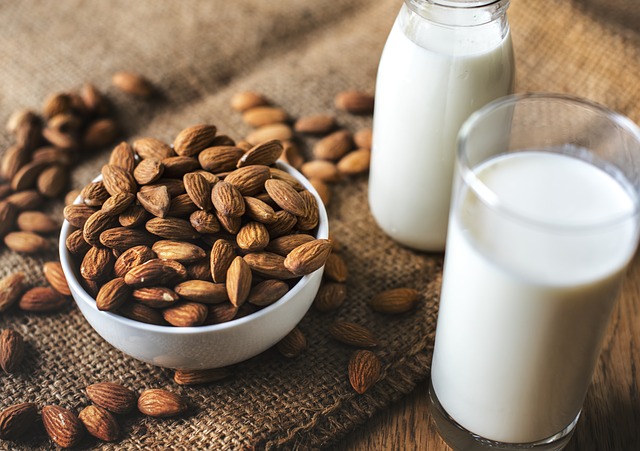
Photo: iStock
Ditch the dairy milk and try a homemade nut or seed milk. Non-dairy milks are very easy to make: simply soak your nuts/seeds for several hours, drain and rinse, then blend with water. (We have a full guide to making nut and seed milk right here for you.)
How To Use It
The more water you use, the thinner your milk will be, so if you need a thick, creamy consistency then add less. We use homemade nut milk in a ratio of 1:1 in baked goods. Also, if you are looking to create buttermilk, add 1 tablespoon of lemon juice or apple cider vinegar to your dairy-free milk to help it ‘curdle’.
Get your FREE Nut & Seed Milk Guide plus 35 more free resource guides!
Fill out the form below for instant access.
Free Resource Library
Enjoy more than 40 downloadable guides, recipes, and resources.
Instead of Butter: Use Coconut Oil
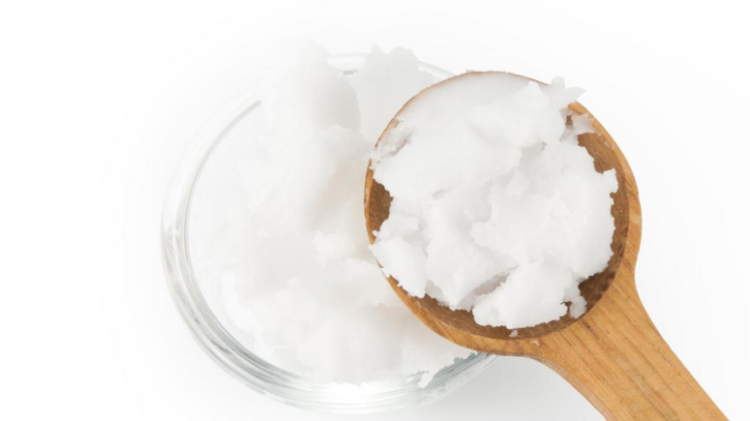
For a completely vegan and dairy-free option, opt for organic unrefined coconut oil. Coconut oil hardens in cold temperatures, softens at room temperature, and melts to a liquid, so what consistency you choose will depend on how you plan to use it.
How To Use It
When chilled and grated or cut into cubes, coconut oil can be worked into crusts and doughs just as you would with chilled butter. In its softened form, you can cream coconut oil with a dry sugar, such as coconut sugar, as the base for a variety of cookies and cakes. Melted coconut oil helps moisten batters for muffins, breads, cookies, and cakes, too.
Plus, as a healthy saturated fat, coconut oil is anti-bacterial, great for digestion and appetite control, and benefits our skin. Who wouldn’t want an ingredient like that in their cookie?
Instead of Cream: Use Coconut Milk or Coconut Cream
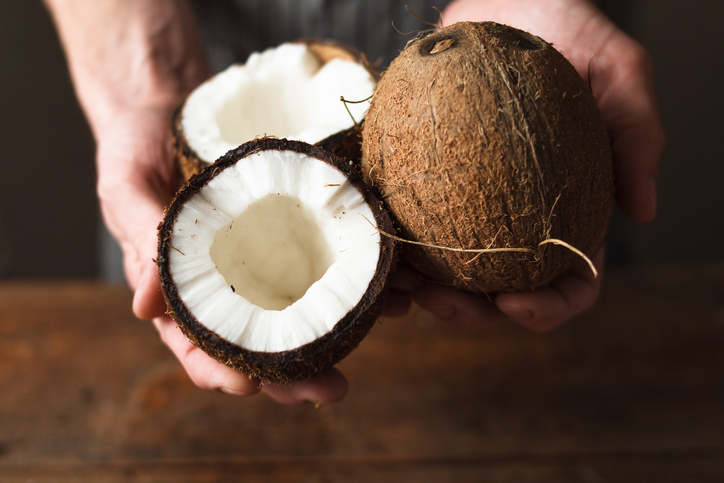
Photo: golubovy on iStock
Sometimes a homemade nut or seed milk just won’t cut it, and you’ll need something thicker and creamier. Enter coconut milk or coconut cream. Coconut milk, a blend of coconut milk and water, is quite thick on its own and adds richness to dairy-free baked goods (and you can even make your own!). Coconut cream is much thicker than coconut milk. Essentially, it’s the ‘cream’ that rises to the top of coconut milk. You can buy coconut cream separately, or make your own by chilling a can of coconut milk and skimming off the thickened part (save the water for another use, like smoothies).
How To Use It
Coconut cream is a great option when making frostings or fillings for your dairy-free baked goods. Simply whip it with your flavouring of choice (cacao powder, maple syrup, almond butter, jam, etc.) and spread over your goodies. The more ingredients you add to your coconut cream, the heavier it will become and this may affect your ability to whip it up. If this happens, simply chill your coconut cream and then re-whip it.
If you’re truly not a fan of coconut’s flavour, then try cashew cream.
Instead of Cheese: Use Nut Cheese or Nut Parmesan
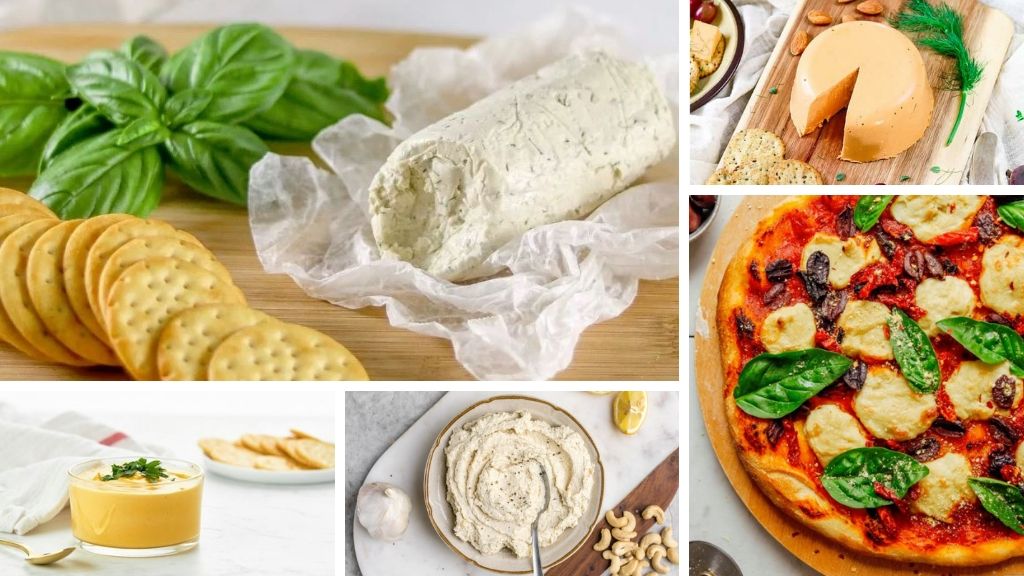
If you are making savoury baked goods that use cheese, instead of using processed vegan cheeses, try making your own dairy-free cheese or healthy flavour substitute.
How To Use It
For a cheesy flavour, try blending 1/2 cup of nuts or seeds with 1/4 cup nutritional yeast in your blender or food processor. You can then adjust the amount of nutritional yeast or add salt to taste.
Nut or seed cheeses (or fermented nut cheeses) are also a great option – simply chop them up and add them to breads or muffin batters.
Instead of Butter: Use Ghee
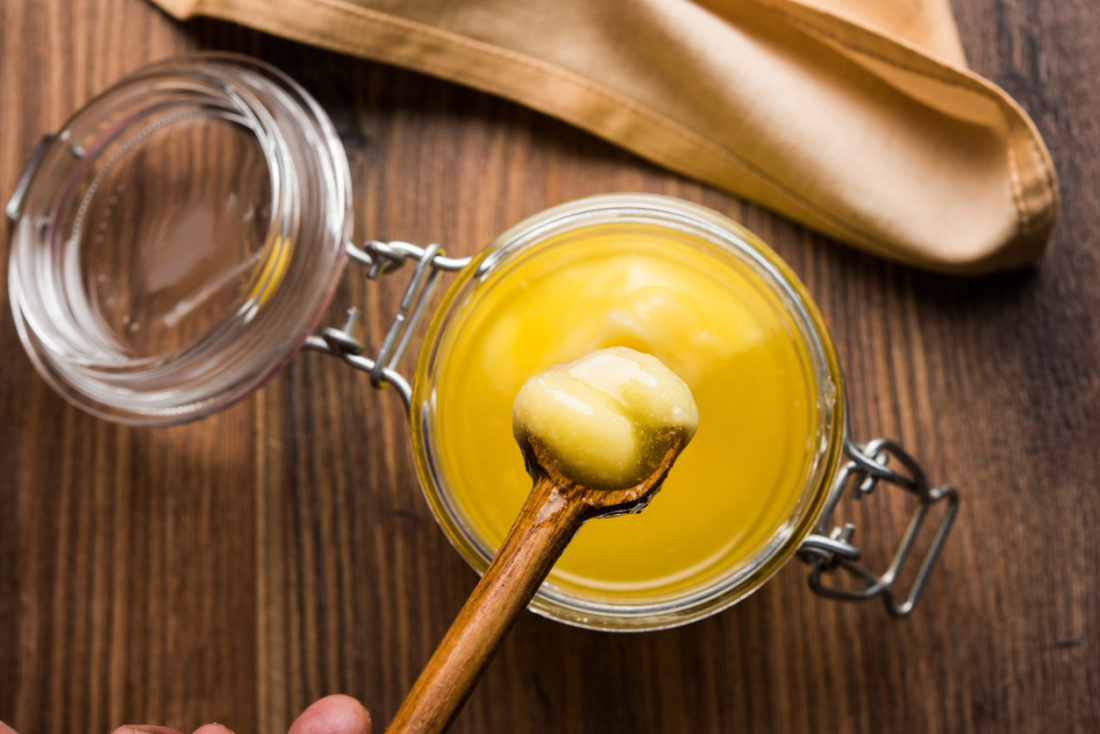
Photo: subodhsathe on iStock
Although ghee, also known as clarified butter, is derived from butter (which has dairy in it) ghee doesn’t have milk solids, making it a great substitution for butter. It has some amazing health benefits, too, so don’t be afraid to use it in dairy-free baking (remember that ghee is still an animal product, so it’s not suitable for vegans).
How To Use It
Ghee helps us make amazing pie crusts, cookies, muffins, and cakes, and we tend to use it 1:1.
Learn how to make your own ghee step by step here and then discover 20 ways you can use it in your recipes.
Instead of Milk Chocolate: Use Dairy-Free Dark Chocolate or Cacao Nibs
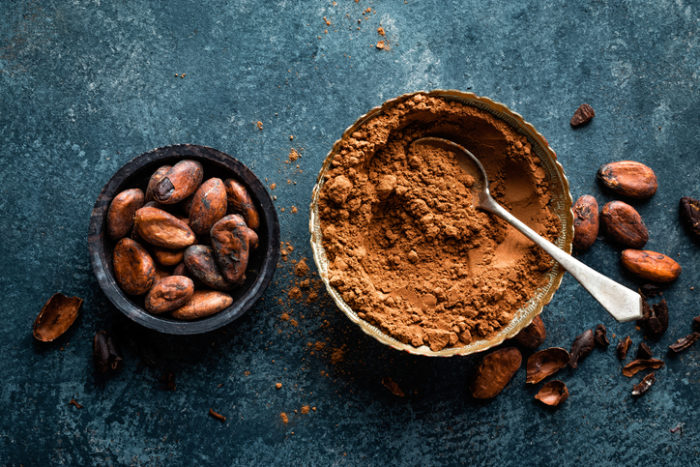
We love our chocolate baked treats! Milk chocolate not only contains dairy but typically has a higher amount of sugar (the greater the percentage of cocoa, the less sweet chocolate will be).
How To Use It
For chocolate chips, try chopping up a bar of dark chocolate, use dark chocolate chips, or try cacao nibs, which are crushed cocoa beans.
For recipes that call for milk chocolate powders, you can easily swap in raw cacao powder or dairy-free cocoa powder.
Instead of Yogurt: Use Dairy-Free Yogurt
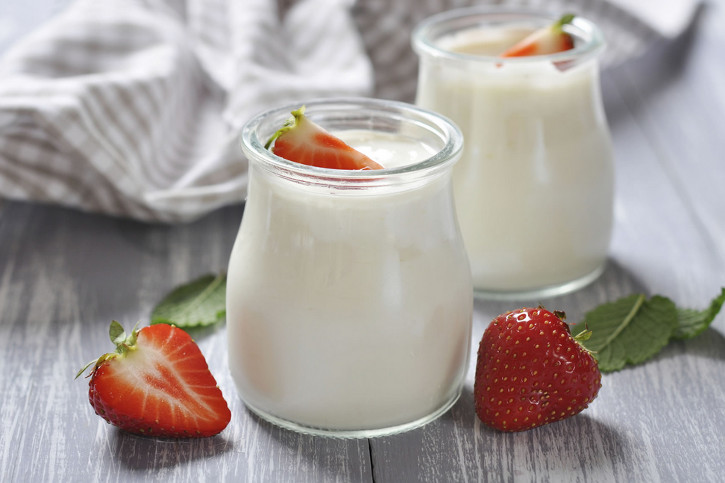
Yogurts add acidity to baked goods to help them rise. Instead of dairy-based yogurt, there are a wide variety of dairy-free yogurts made from coconut, almonds, cashews, oats, soy, rice and more.
How To Use It
It’s very easy to make your own yogurt – all you need is your dairy-free milk of choice and a probiotic capsule. In a pinch, coconut cream and cashew cream are also good dairy-free baking substitutions!
Instead of Butterscotch: Use Date Paste
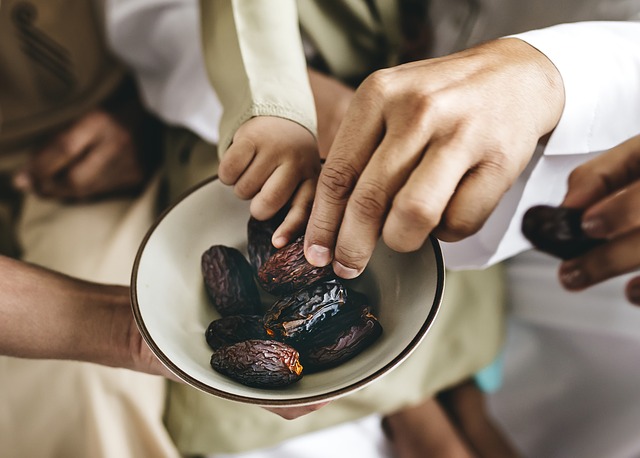
Butterscotch is sometimes used in baking recipes instead of sugar, or it applies a finishing drizzle after the goodies come out of the oven.
How To Use It
You can make an absolutely delicious sauce that replicates butterscotch or caramel by soaking dates and blending them into a smooth paste. The more liquid you add, the thinner and more drizzle-able your sauce will be.
Instead of Buttermilk: Use Vegan Buttermilk
Similar to dairy-based yogurt, buttermilk is an acid that helps baked treats rise and become fluffier. But you can achieve the same effect with a dairy-free version.
How To Make It
Make dairy-free buttermilk by mixing 1 Tbsp lemon juice or apple cider vinegar into 1 cup of nut/seed milk. Stir well, and then leave the mixture for 5 –10 minutes to curdle. Making vegan buttermilk is that easy.
Have fun experimenting with these dairy-free baking substitutions!
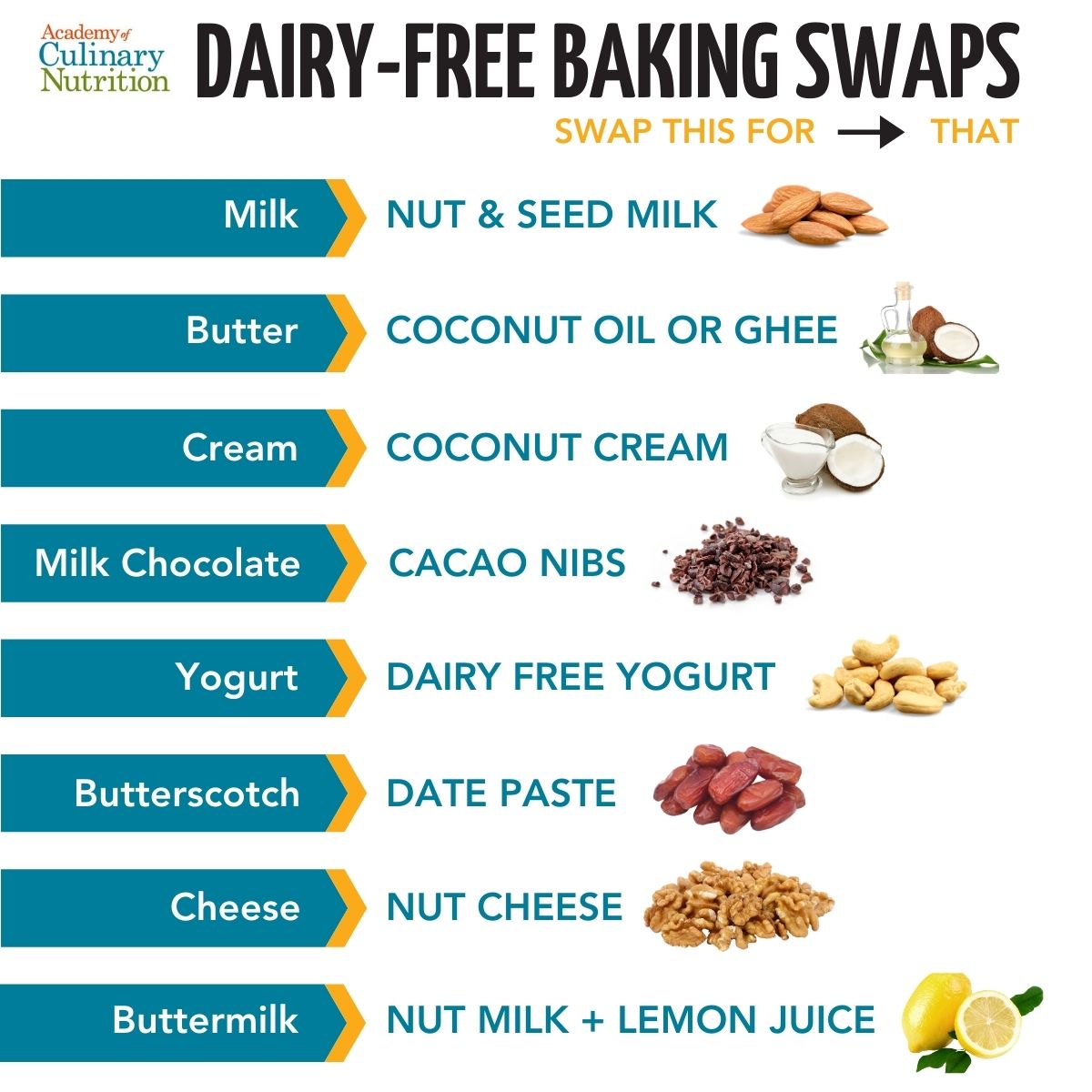
Free Resource Library
Enjoy more than 40 downloadable guides, recipes, and resources.















